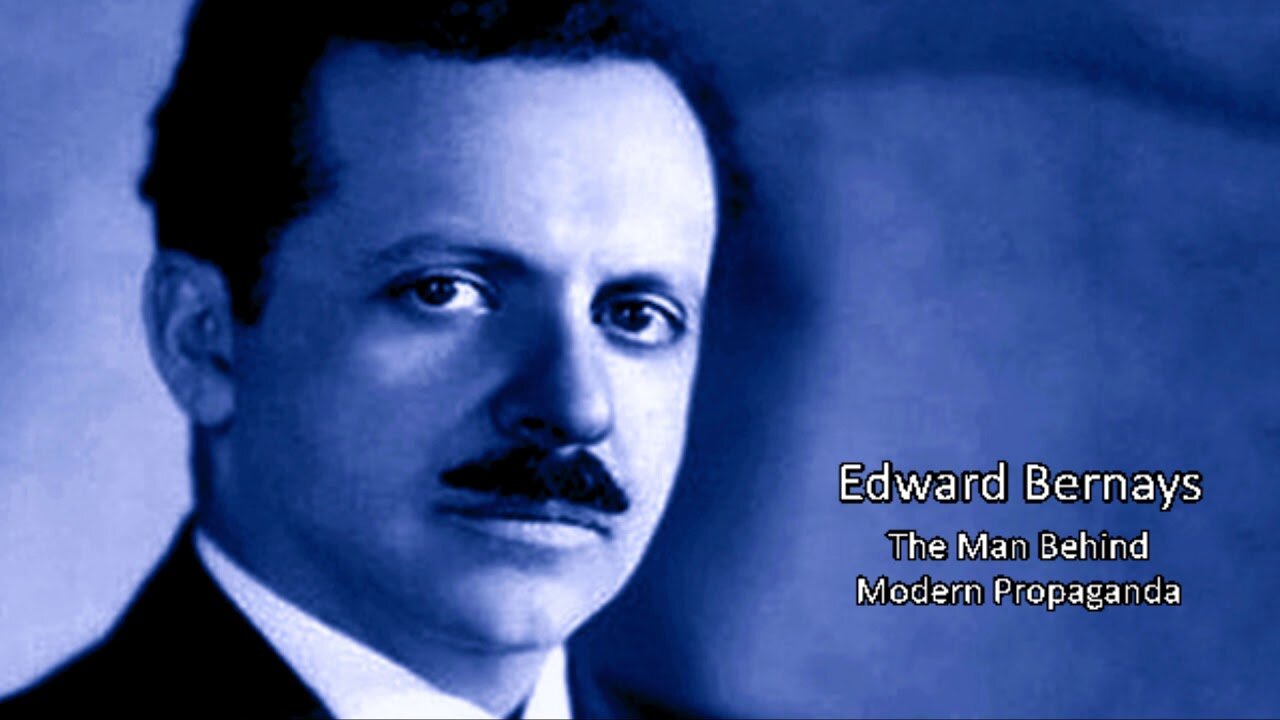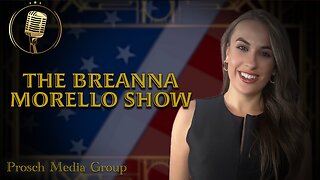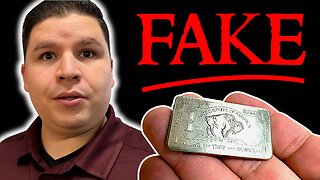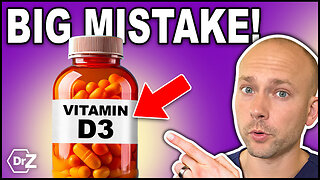Premium Only Content

The Century of the Self -Adam Curtis
1 "Happiness Machines"
2 "The Engineering of Consent"
3 "There is a Policeman Inside All Our Heads; He Must Be Destroyed"
4 "Eight People Sipping Wine in Kettering"
The ethnicity and religious backgrounds behind the main characters should tell you everything. This is why our society is where it is.
Sigmund Freud, the founder of psychoanalysis, changed our perception of the mind and its workings. The documentary explores the various ways that governments, global organizations and corporations have used Freud's theories. Freud and his nephew Edward Bernays, who was the first to use psychological techniques in public relations, are discussed in part one. His daughter Anna Freud, a pioneer of child psychoanalysis, is mentioned in part two. Wilhelm Reich, an opponent of Freud's theories, is discussed in part three.
Along these lines, The Century of the Self asks deeper questions about the roots and methods of consumerism and commodification and their implications. It also questions the modern way people see themselves, the attitudes to fashion, and superficiality.
The business and political worlds use psychological techniques to read, create and fulfill the desires of the public, and to make their products and speeches as pleasing as possible to consumers and voters. Curtis questions the intentions and origins of this relatively new approach to engaging the public.
In part four the main subjects are Philip Gould, a political strategist, and Matthew Freud, a PR consultant and the great-grandson of Sigmund Freud. In the 1990s, they were instrumental to bringing the Democratic Party in the US and New Labour in the United Kingdom back into power through use of the focus group, originally invented by psychoanalysts employed by US corporations to allow consumers to express their feelings and needs, just as patients do in psychotherapy.
Understanding which group or tribe is the head of the snake certainly helps with clarity.
**FAIR USE**
Copyright Disclaimer under section 107 of the Copyright Act 1976, allowance is made for “fair use” for purposes such as criticism, comment, news reporting, teaching, scholarship, education and research.
Fair use is a use permitted by copyright statute that might otherwise be infringing.
Non-profit, educational or personal use tips the balance in favor of fair use.
-
 9:04
9:04
Tundra Tactical
12 hours ago $21.46 earnedTrump's AG Pick Pam Bondi is TROUBLE!
78K34 -
 1:02:02
1:02:02
PMG
17 hours ago $11.14 earned"Man Films FBI Coming to His Home Over Alleged Social Media Posts - Jeremy Kauffman"
55.1K12 -
 23:21
23:21
Stephen Gardner
1 day ago🔥Trump DISCOVERS exactly who BETRAYED Him!!
163K577 -
 11:04
11:04
Silver Dragons
16 hours agoCoin Dealer Exposes the "German Silver" Scam & MORE
86.8K19 -
 39:56
39:56
TampaAerialMedia
18 hours ago $17.50 earnedBeautiful VERMONT - 15 Towns & 7 Scenic Highways - Burlington, Woodstock, Brattleboro, & More
95.7K26 -
 1:04:24
1:04:24
Tactical Advisor
20 hours agoBattlehawk Build Of The Month /Giveaway Winner | Vault Room LIVE Stream 009
164K41 -
 2:51:26
2:51:26
I_Came_With_Fire_Podcast
1 day ago"Houska Castle: Gateway to Hell, Nazi Occultism, & Ancient Legends"
125K41 -
 26:20
26:20
Degenerate Jay
1 day ago $11.15 earnedThe Best Transformers Movie? - Bumblebee Movie Review
91.7K12 -
 10:12
10:12
This Bahamian Gyal
1 day agoInfluencer hired HITMEN to OFF social media rival
75.7K22 -
 7:05
7:05
Dr. Nick Zyrowski
1 day agoVitamin D Mistakes Most People Make - Never Do This!
63.4K7